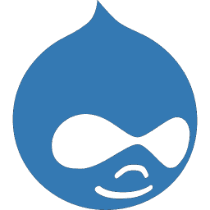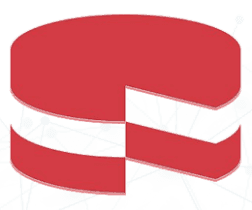Accelera sito: tecnologia comprovata
- JavaScript
Unione, compressione, caricamento lento - CSS
Compressione delle dimensioni e ottimizzazione del carico - immagini
Compressione e conversione con CDN OptiPic - Widget di terze parti
Consulenti online, chat, social network, ecc. - Sistemi di analisi
Google Analytics, Facebook, ecc.
Quali problemi e consigli di Google Pagespeed Insights verranno migliorati
Minimize main-thread work
Consider reducing the time spent parsing, compiling and executing JS. You may find delivering smaller JS payloads helps with this.
Eliminate render-blocking resources
Resources are blocking the first paint of your page. Consider delivering critical JS/CSS inline and deferring all non-critical JS/styles.
Reduce unused JavaScript
Reduce unused JavaScript and defer loading scripts until they are required to decrease bytes consumed by network activity.
Reduce unused CSS
Reduce unused rules from stylesheets and defer CSS not used for above-the-fold content to decrease bytes consumed by network activity.
Ensure text remains visible during webfont load
Leverage the font-display CSS feature to ensure text is user-visible while webfonts are loading.
Reduce the impact of third-party code
Third-party code can significantly impact load performance. Limit the number of redundant third-party providers and try to load third-party code after your page has primarily finished loading.
Serve static assets with an efficient cache policy
A long cache lifetime can speed up repeat visits to your page.
Reduce JavaScript execution time
Consider reducing the time spent parsing, compiling, and executing JS. You may find delivering smaller JS payloads helps with this.
Efficiently encode images
Optimized images load faster and consume less cellular data.
Serve images in next-gen formats
Image formats like WebP and AVIF often provide better compression than PNG or JPEG, which means faster downloads and less data consumption.
Controlla la velocità di sito - specifica il tuo sito web
Come iniziare con Pagespeed OptiPic
La tecnologia degli ordini implementa OptiPic:Pagespeed
Attendi l'implementazione del test da parte del team OptiPic
Deposita fondi sul tuo conto e seleziona un pacchetto
Prezzi: distribuzione + abbonamento
Pagamento una tantum per la distribuzione. Pagamento mensile per un abbonamento.
Включая ускорение бекенда, TTFB, время ответа сервере, время до первого байта
Accelerazione del sito Web front-end (accelerazione del client)
Oltre alla compressione delle immagini, l'accelerazione del sito Web front-end può essere ottenuta ottimizzando altri componenti:
- Cache back-end di file statici (immagini, CSS, JS).
- Unione CSS.
- Compressione CSS.
- Fusione JS.
- Compressione JS.
- Rilocazione di CSS e JS nella parte inferiore del codice HTML della pagina web.
- Disabilitazione di script e widget non necessari.
Velocizzazione del sito web di back-end (accelerazione del server)
L'accelerazione del back-end ha lo scopo di ridurre al minimo il tempo di generazione della pagina web da parte del server. Di solito si ottiene con i seguenti metodi:
- Passare all'hosting o al server più potente.
- Ottimizzazione delle impostazioni del server web (apache, nginx, php-fpm).
- Ottimizzazione delle impostazioni di mysql (o delle impostazioni di altro sistema di gestione del database utilizzato dal sito Web).
- Memorizzazione nella cache delle richieste del database.
- Memorizzazione nella cache delle richieste all'API esterna.
- Caching totale (la tecnologia "Sito web composito" e simili).
- Refactoring e ottimizzazione della logica del codice php.
Gli esperti di OptiPic sanno tutto sulla procedura di accelerazione e possono aiutarti con il potenziamento integrale delle prestazioni del tuo sito web. Сcontattaci se hai bisogno di velocizzare estremamente il tuo sito.

 WordPress
WordPress  Joomla
Joomla  Bitrix
Bitrix  Yii
Yii  Laravel
Laravel  Symfony
Symfony  Zend Framework
Zend Framework  Drupal
Drupal  MODx
MODx  AMIRO.CMS
AMIRO.CMS  CakePHP
CakePHP  CodeIgniter
CodeIgniter  CS-Cart
CS-Cart  DataLife Engine
DataLife Engine  DIAFAN.CMS
DIAFAN.CMS  FuelPHP
FuelPHP  HostCMS
HostCMS  InstantCMS
InstantCMS  Magento
Magento  NetCat
NetCat  OpenCart
OpenCart  Phalcon
Phalcon  PHP
PHP  PHPixie
PHPixie  PrestaShop
PrestaShop  Shop-Script
Shop-Script  Simpla
Simpla  SiteEdit
SiteEdit  Slim
Slim  UMI.CMS
UMI.CMS